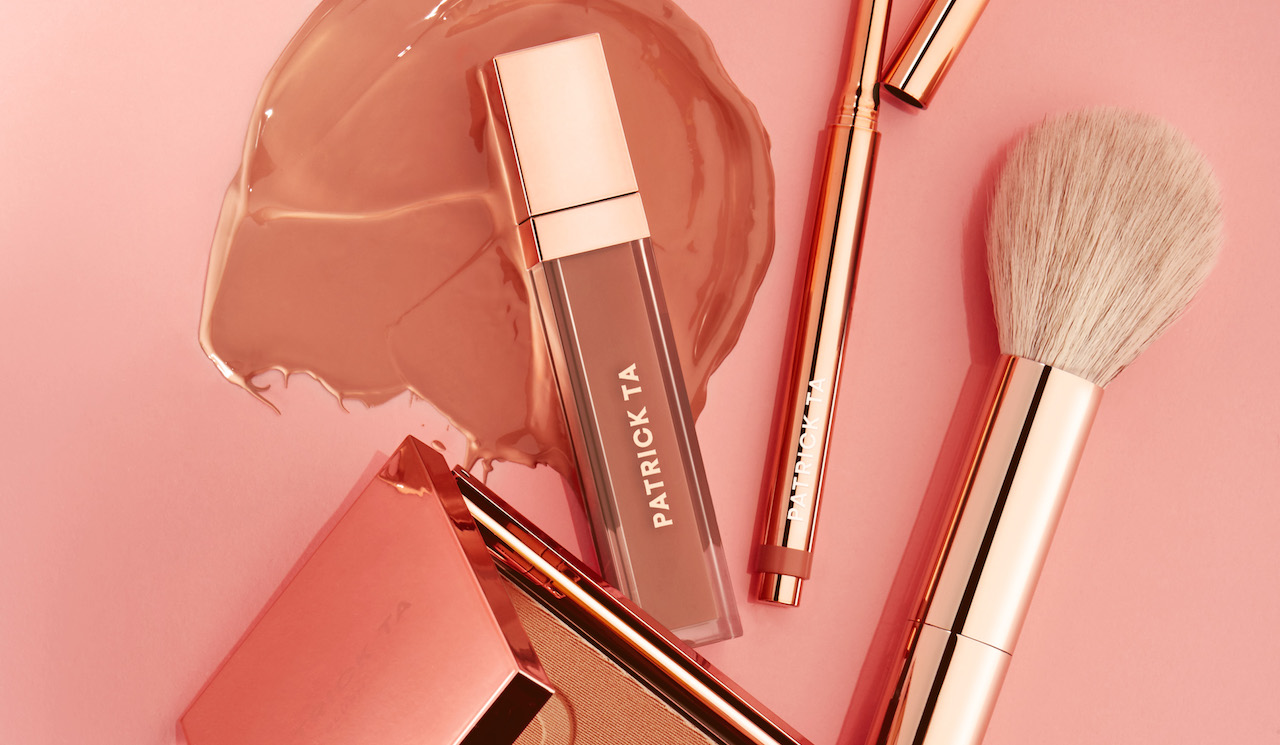Stride Consumer Partners’ Nicole Fourgox: There is a ‘desire for true expert advice’ in beauty
With ongoing economic volatility, the past year has been challenging for the VC and PE industries, but some have navigated the space better than others.
In April 2022, PE firm Stride Consumer Partners raised an oversubscribed debut fund to the tune of $420 million. And the team quickly began investing in brands like Skinfix and Patrick Ta Beauty. Overall, Stride Consumer Partners focuses on beauty, food and beverage, and active lifestyle. Nicole Fourgox, an operating partner at Stride Consumer Partners, said the firm’s investment philosophy is centered on differentiated points of view, a scalable business model and a strong founder story.
Fourgox further spoke with Glossy about what she’s seeing in the private markets, what trends she’s following and what she expects for the DTC category.
What is the investment philosophy at Stride Consumer Partners?
“We are focused on growth equity assets at the middle and lower-middle markets. We are focused on so-called ‘passion’ categories, where we see a deep consumer engagement and a high level of brand loyalty. That’s why Stride is focused on only three sectors: beauty, food and beverage, and active outdoors. [We are focused] on top assets with a compelling point of difference in the marketplace and a strong track record indicating that these brands have staying power and unique founder stories. It’s very important that there is a story that lays the foundation for brand equity that can continue to grow and evolve, ultimately globally, and that will be relevant 10 years from now. There are key areas, from a business perspective, that are important. We need a clear proof of concept that has proven that it can both work and scale. It has to be viable, from a top-line perspective, and have a clear path to profitability.”
What impact is economic volatility having on the private equity space?
“Generally, we see conflicting information because the beauty market has been resilient. Macroeconomic uncertainty usually hits the consumer market, but the beauty market, like in previous cycles, has been quite resilient. The prestige market, in particular, is booming. We haven’t seen the actual economic impact in the U.S. market that some other categories and countries have seen. But the reaction in the VC space was definitely strong, [despite the fact that] playing in the beauty space got more complex: The cost of customer acquisition progressively rose over the years, there was [new] difficulty [securing] credit lines and retailers took precautions by ordering less inventory than was ultimately required. This impacted the VC industry and the younger brands in a bigger way. Many VCs held back money to … invest in existing portfolios instead of investing in new brands. In the PE space, [the investing focus] is more on brands with a proof of concept and that are more [established] in how they’re set up. And Stride, in particular, focuses on brands with a strong point of difference. We haven’t seen as much of an impact. But, as a consequence of the VC deal activity slowing down, there was a fear of valuations coming down and, therefore, bigger PE-size companies not going [public] and holding back and seeing what the market will do. But we’re seeing predictions that M&A activity is ramping up in the second half, and certainly at the beginning of 2024.”
I’ve heard a lot of investors are insisting brands embrace omnichannel retail. What is your take?
“[DTC] is one of the areas where the market has changed the most over the past 18 months. DTC was a great and inexpensive way to test concepts. And that’s a little less true due to the new privacy laws and the much higher cost of entry of direct-to-consumer marketing costs. We have seen that with a consumer preference [toward] retail. As soon as the Gen Z consumer started entering the scene and shopping beauty much earlier, like in their teenage years, they were always much more retail focused, counterintuitive to the millennial generation. Now [launching DTC involves] a consideration of which concepts only make sense to launch DTC. I still think there might be concepts where DTC is an advantage. Personalization is a good example. … [DTC] is the only way to deliver the customized product.”
What other long-term shifts are you paying attention to?
“Something driven by the younger generations is easy access to research and information. We’ve seen, in general, the sophistication of science in beauty and the desire for true expert advice across all categories. We saw that early in the skin-care boom and in the rising influence of dermatologists. We have seen something similar in hair care, and we are seeing a resurgence of makeup artistry.
The biggest prestige brands in makeup right now are makeup artist-driven brands. The reason is twofold. There is true superiority in product performance, and there is a level of creativity informed by everyday artistry. With Patrick Ta, we saw something that is 1688548604 his signature, which is that he has always played with textures. He applies [highlighting] textures over product textures — an example is with his blushes, which is one of his signature products — and gives a whole different level of result and depth. And it’s something that he delivered in a product that made it easy for the average consumer to replicate.”


:quality(70)/cloudfront-eu-central-1.images.arcpublishing.com/businessoffashion/LROFXDA66VEFTCWISSFX3OIDEA.jpg)


